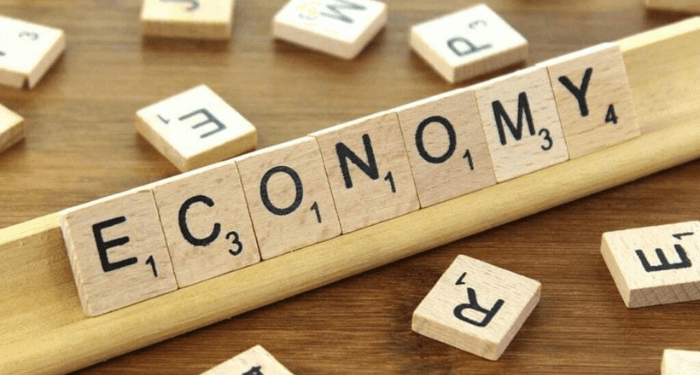IMF cuts Ghana’s 2023 growth forecast to 1.2% amid fiscal woes
Ghana now faces an uphill battle in its quest to secure the second tranche of financial support from the IMF. To access these crucial funds, the nation is mandated to implement external debt restructuring, a prerequisite that, if not met, could trigger delays in the disbursement of much-needed aid.
- Advertisement -
The International Monetary Fund (IMF) has slashed Ghana’s growth outlook for 2023 to a mere 1.2%, marking the second downward revision this year. In a sobering assessment, the IMF’s latest projection is notably lower than its initial forecast of 2.8% growth for the West African nation in April 2023. The World Bank, too, has tempered its expectations, lowering Ghana’s growth estimate for the year to 1.5%, according to its recent Africa Pulse Report released in October.
Citing key factors for the grim outlook, the IMF pointed to fiscal slippages exacerbated by high debt levels and budget deficits. These challenges have curtailed government spending on critical infrastructure and investments, posing a significant hurdle to economic progress.
- Advertisement -
Ghana now faces an uphill battle in its quest to secure the second tranche of financial support from the IMF. To access these crucial funds, the nation is mandated to implement external debt restructuring, a prerequisite that, if not met, could trigger delays in the disbursement of much-needed aid.
- Advertisement -
This sobering economic assessment reflects a broader global landscape where growth is sluggish and uncertainties loom large. Despite weathering disruptions from the Covid-19 pandemic, Russia’s invasion of Ukraine, and mounting living costs, the global economy continues to grapple with uneven recovery.
As the IMF projects, global growth is expected to decelerate from 3.5% in 2022 to 3.0% in 2023, with a further dip to 2.9% in 2024. While some extreme risks have moderated, the report warns of lingering downside threats, including the deepening real estate crisis in China and potential volatility in commodity prices linked to geopolitical tensions and climate change.
- Advertisement -
Oil prices have surged by approximately 25% since June, fueled by extended supply cuts from OPEC+ nations. Meanwhile, elevated food prices stand to be further disrupted by an escalation of the conflict in Ukraine, posing hardships for many low-income countries.
In an environment where energy transitions and electric vehicles are gaining traction, the oil price outlook remains uncertain. It hinges on factors such as OPEC+ production decisions, geopolitical escalations, and shifts in global economic dynamics.
Amid these economic challenges, Ghana’s growth prospects have dimmed, underscoring the intricate web of global factors that shape the trajectories of nations in an increasingly interconnected world.
Source: Norvanreports
- Advertisement -



